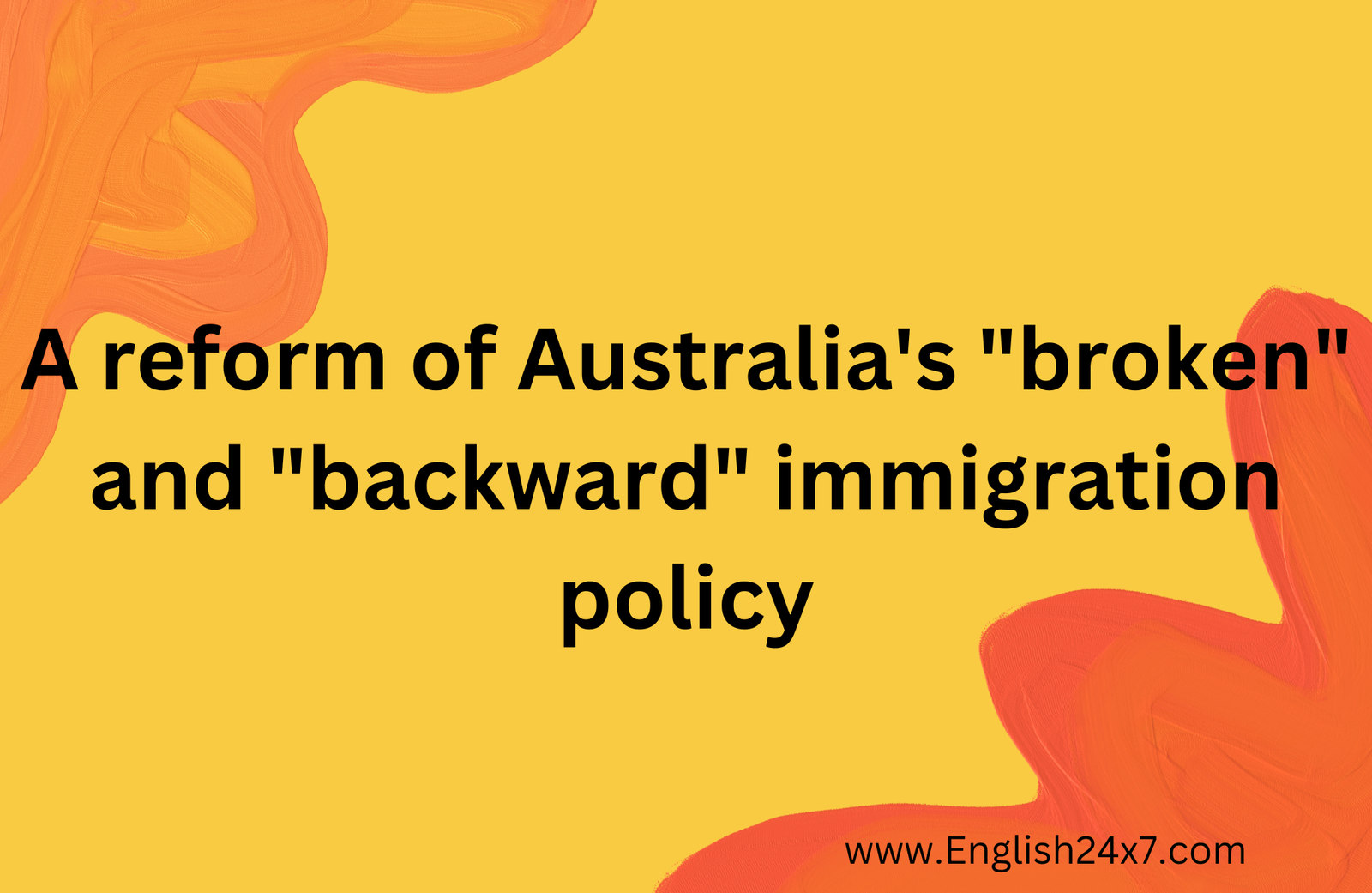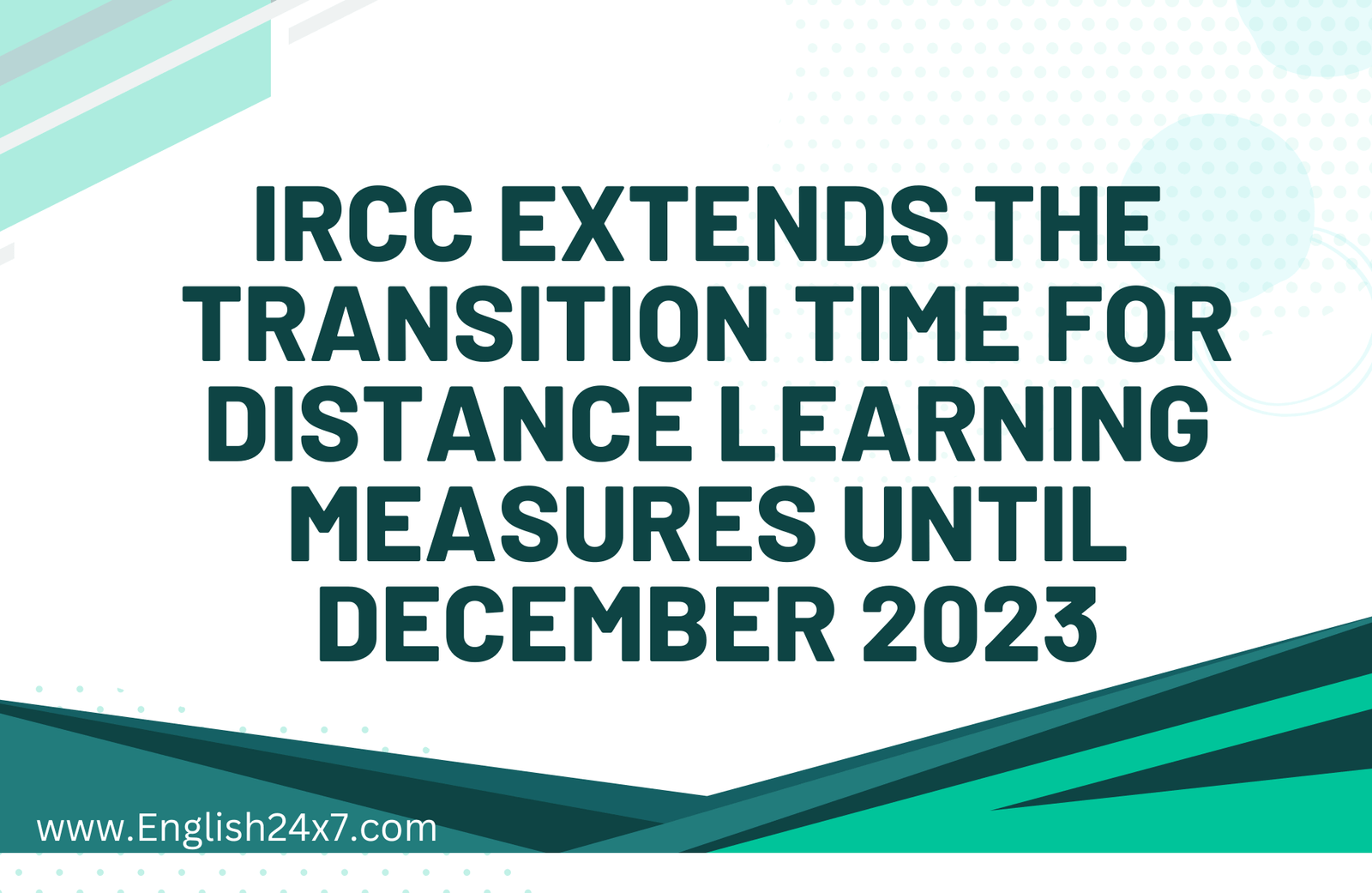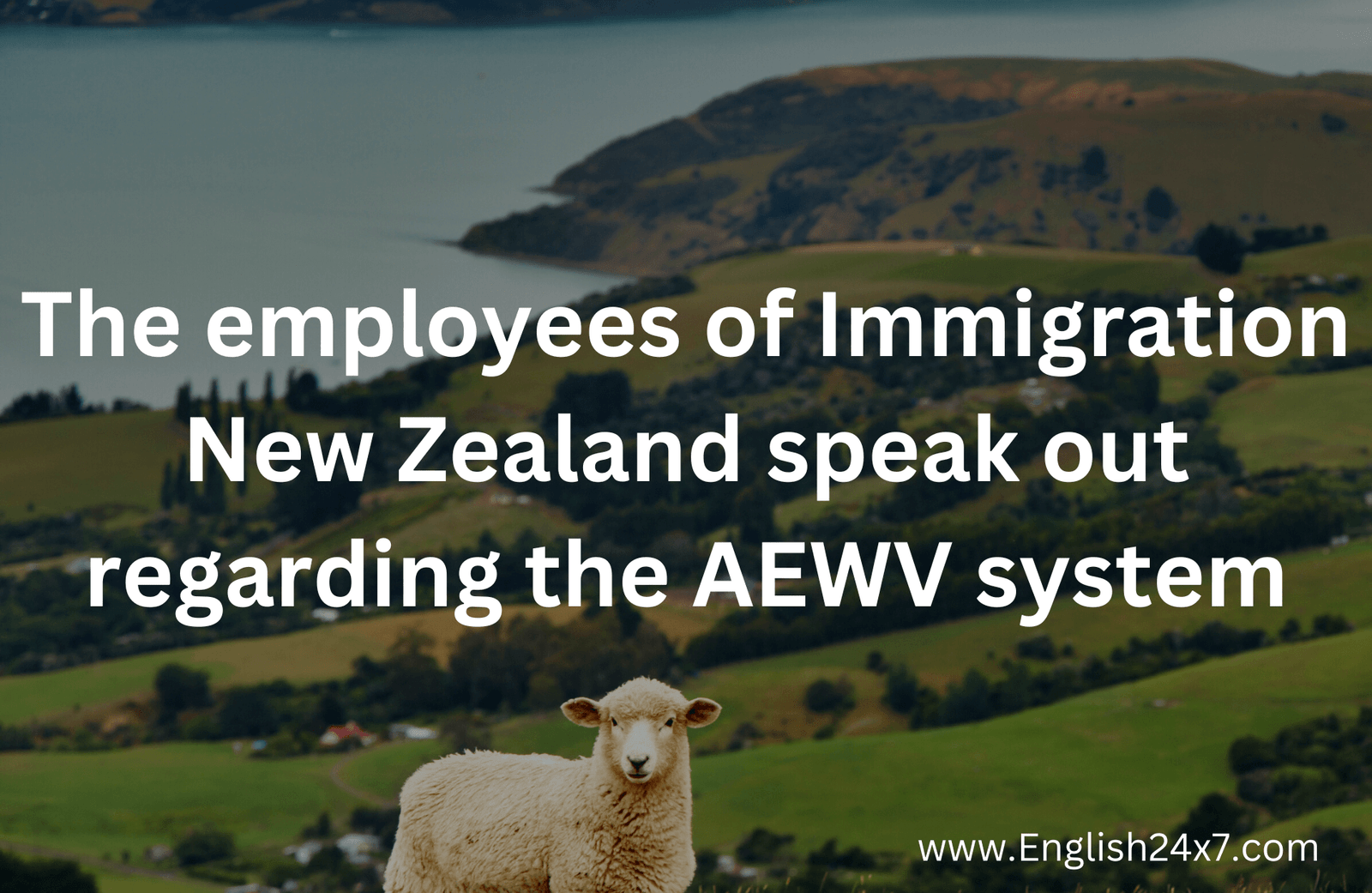
A reform of Australia's "broken" and "backward" immigration policy is promised by Clare O'Neil
Australia's immigration system, according to Home Affairs Minister Clare O'Neil, is "broken" and "backwards" and urgently requires a "radical simplicity" and a "fundamental revamp."
Important points:
- Eight priorities that will guide an overhaul of Australia's immigration policies have been identified by Clare O'Neil.
- Australia avoided a recession for almost 30 years thanks in large part to immigration.
- The home affairs minister attributed the immigration system to the previous administration.
Ms. O'Neil bemoaned the "staggering change" away from permanent migration and toward an emphasis on "temporariness," which she claimed was caused by years of neglect, poor planning, and lack of strategy.
She stated at an AFR workforce summit in Sydney that "our migration system has been on continental drift for a decade."
"Australia's immigration system is dysfunctional, unwise, intricate, pricey, and slow.
"It's not working for business, immigrants or for the country," the speaker said.
To balance temporary and permanent migration programs and address the convoluted administrative structure that makes Australia a "unattractive destination" for prospective immigrants, Ms. O'Neil said structural reform "quite considerable in scale and breadth" was required.
High-value migrants, for whom the world is currently battling, incur bureaucratic delays when arriving in Australia and receive preferential treatment when relocating to other countries, she said.
"We simply cannot allow that to continue. Neither does our government intend to.
No more spaghetti diagrams, we need to minimize complexity and simplify those obscure rules.
Australia's economy has grown and has gone nearly 30 years without experiencing a recession thanks in large part to net migration.
Yet, over the past 20 years, net skilled permanent migration to Australia has stabilized at around 30,000 per year, while the number of migrants arriving on a temporary basis has increased to 1.9 million.
We basically have the system backwards, she remarked.
Migrating to Australia is a very simple process for low-skilled temporary workers. But it's complicated and time-consuming for high-skilled permanent workers making it less appealing.
Reevaluating migration programs' top priorities
According to Ms. O'Neil, the government is thinking about "eight key adjustments" that will propel a new migration model that is supported by a "clear understanding of why the migration system exists."
Although collaboration with state governments will be necessary to coordinate infrastructure and housing demands and offer skills to regional areas and small businesses, she said that the anticipated reforms did not "necessarily entail more migrants coming."
She said that rather than "sitting back and seeing who selects us," the government needed to improve at "actively pitching" Australia to immigrants and maximizing the potential of overseas students.
The needs of the labour market, the training system, the educational system, and the migration system must be better coordinated and integrated, according to Ms. O'Neil.
"We need to maximize the potential of immigrants. Part of this will involve enhancing the speed and simplicity with which we identify immigrants' pre-existing capabilities when they come and attempting to offer a little assistance to help them translate the skills of a secondary candidate."
The government commissioned Martin Parkinson, a former secretary of the Department of Prime Minister and Cabinet, to lead a review into migration in November of last year.
Based on Dr. Parkinson's evaluation, Ms. O'Neil said she wanted a "architecture paper" finished by April that would direct "concentrated" engagement before final decisions could be taken and put into action.







